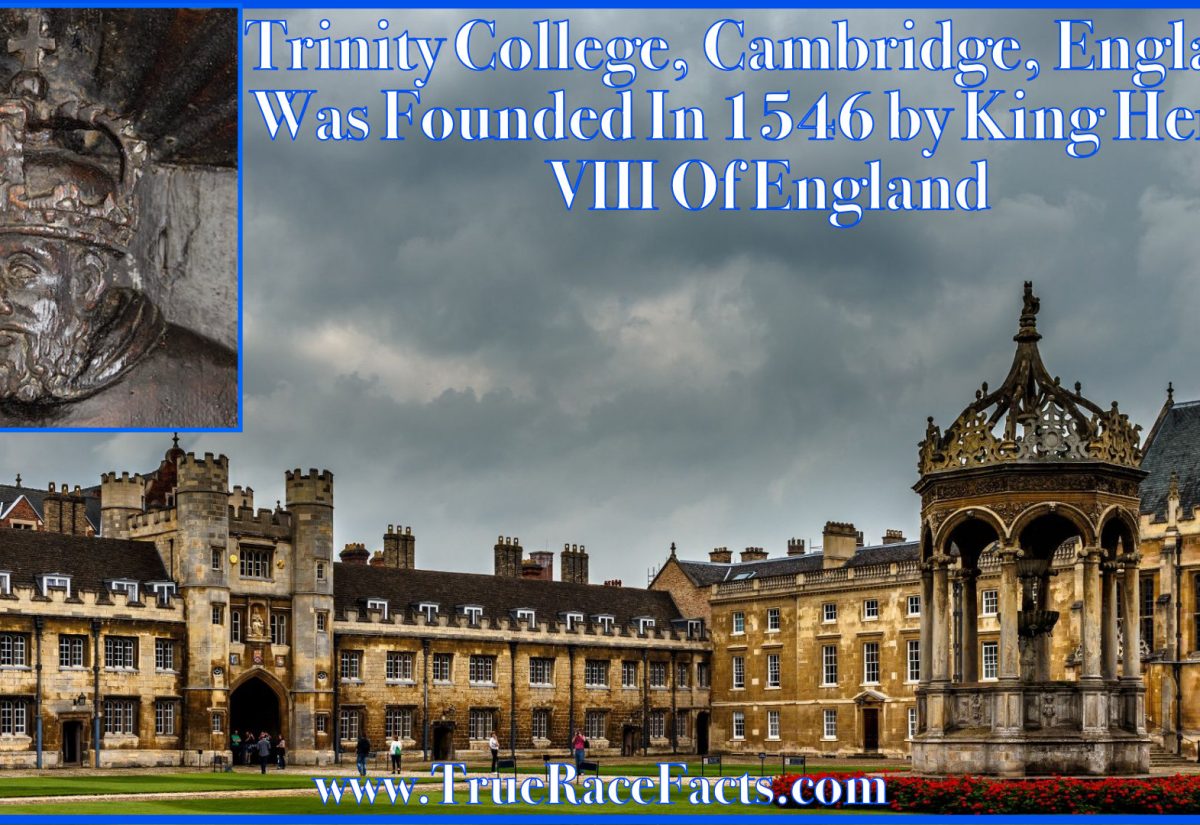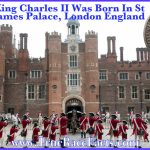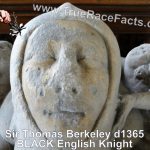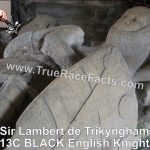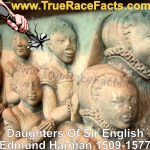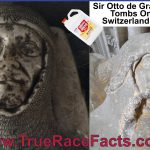Henry VIII is the most revered British monarch, yet he has no tomb, so there is more to his life than what historians and the media tell us. The deceivers have gone to great lengths to hide he was a so-called black man like all the monarchs of England, Ireland, Scotland, Wales and most of Europe up until the mid-17th Century. But it’s easy to get to the truth of his identity when you look at the remnants of his family member’s artefacts you soon realise he couldn’t have been a Caucasian man
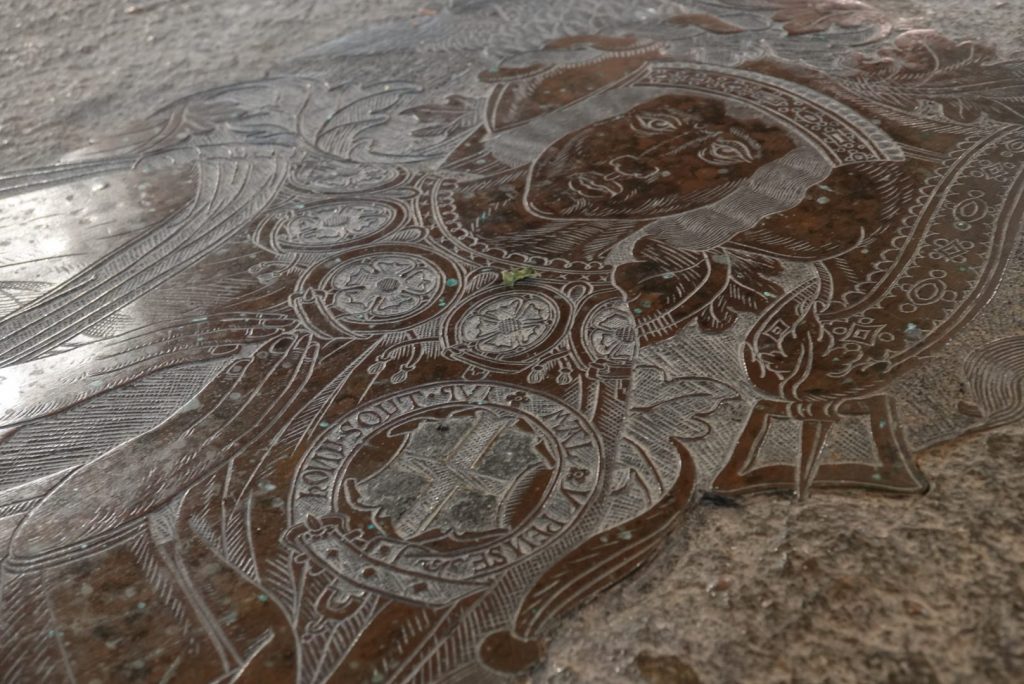
Henry VIII’s father-in-law Thomas Boleyn Father of Anne Boleyn, wore a wig which was common for that period. Monumental brass in Hever Church in Kent to Thomas Boleyn, 1st Earl of Wiltshire, 1st Earl of Ormond (c. 1477 – 1539), KG, of Hever Castle, father of Queen Anne Boleyn. Dressed in full robes and insignia of a Knight of the Garter. A falcon on his right shoulder (crest of the Bullen family) and a griffin at his feet. As it was customary for effigies to face the east Jerusalem
It is IMPORTANT TO NOTE that my race has never been known to blackwash and destroy artefacts for deception and identity theft. So if an image of the King exists of him being non-caucasian, then all artefacts that are caucasian should be discredited as FAKE. To dispel the caucasian lies, I will use alternative images that should not exist if he was truly a caucasian King.
Henry VIII is known as the reformation or renaissance King, and I highly doubt that he was privy to that. The reformation, rebirth or renaissance started in the mid-15th Century at the same time he was ruling. Pay close attention to those words. My question to top historians is if you had to be re-born and have no idea what happened in the medieval, dark ages. Why don’t you admit it’s because Caucasians were literally in the dark residing in the Caucasus mountains of Russia and Turkey, and had nothing to do with that period? The etymology Caucasian (n.) “resident or native of the Caucasus. The fall of Rome, a caucasian led rulership with some negros, fell in the late 5th Century to the negro rulers called Byzantinium or Holy Roman Empire. Rebirth, renaissance and reformation means the awakening of the caucasian Roman Empire 2.0. I have conducted a thorough report on the subject, including architecture, which will be used as an identity marker. Click here for further information.
All over Europe, especially in Italy, Spain and Portugal, the renaissance was fully underway, and they made lots of money through slavery. With King Henry VIII being a so-called black man, he would NEVER have agreed to it, so instead, they slander his name for being in the way. Knowing what I know and the fact that they did not even give him a proper burial leads me to believe he upset the Caucasians. For that reason, I have to discredit his entire history with the other dark nobles. I forgot to mention the women he married were of great nobility, from well-to-do families. Somehow that part of history seems to be ignored. The noble women would never have agreed to marry Henry VIII if he was a wife killer.
Henry VIII (28 June 1491 – 28 January 1547) was King of England from 22 April 1509 until his death in 1547. Henry is best known for his six marriages, and for his efforts to have his first marriage (to Catherine of Aragon) annulled. His disagreement with Pope Clement VII about such an annulment led Henry to initiate the English Reformation, separating the Church of England from papal authority. He appointed himself Supreme Head of the Church of England and dissolved convents and monasteries, for which he was excommunicated by the pope. Henry is also known as “the father of the Royal Navy” as he invested heavily in the navy and increased its size from a few to more than 50 ships, and established the Navy Board.[1]
Henry VIII was the second son of Henry VII. When his older brother Arthur died in 1502, he became the heir to the throne, to which he ascended on his father’s death in 1509. His marriage to his brother’s widow, Catherine of Aragon, failed to produce a male heir, and Henry sought a divorce. The Pope’s refusal led to the break with Rome and the establishment of the Church of England. Henry married a further five times, and his children succeeded him in turn as Edward VI, Mary I and Elizabeth I.
Henry’s court was a splendid one. The young King acceded to the throne to rule a prosperous England. He undertook many building works, creating St James’s Palace and the Palace of Nonsuch and he also appropriated and extended the palaces of Cardinal Wolsey, at Whitehall and Hampton Court. In addition to this he inherited Greenwich, Richmond and Windsor Castle. All of these palaces, and other residences, he furnished lavishly with tapestries and silver and gold plate. Just over 100 tapestries survive from this period in the Royal Collection, though at the time of his death Henry owned 2450. Among the greatest of these was a set depicting the story of Abraham, probably commissioned for the Great Hall at Hampton Court and a set woven from a design for Pope Leo X depicting classical gods and heroes.
Henry always had an eye to his European counterparts, most notably François I of France whose magnificent court Henry wanted to emulate. He patronised many European artists who brought their knowledge of Italy and France to England. The visual culture of the English court would have been magnificent, but the tournaments and festivities so beloved by Henry, and designed by court artists, were housed in temporary structures. Even the extraordinary Field of the Cloth of Gold is recorded only in a single painting. Very little of the interior decoration of this period survives but all accounts suggest the cosmopolitan tastes of the King.
Paintings formed a less significant part of the decoration of the palaces, but portraits and images of family members were an intrinsic part of royal life (as in this example). Early in his reign Henry commissioned effigies for the tombs of his parents and grandmother (Lady Margaret Beaufort) in Westminster Abbey from the Italian sculptor Pietro Torrigiano. Lucas Horenbout painted miniatures and *Hans Holbein the Younger made drawings and paintings. Henry’s own image was defined by Holbein, though again the most significant example of this, the Whitehall Mural, was destroyed in a fire in 1698 and is known only through a copy.
Armour and weaponry are some of Henry’s greatest treasures in the Royal Armouries and the Royal Collection today (such as this splendid armour garniture). Henry commissioned Austrian, Italian, Spanish, German and Dutch makers, at home and abroad, and the display of armour and weapons added greatly to the visual splendour of his reign.
Reigned: 1509–47 .[2]
*Hans Holbein is equivalent to Leonardo or Michelangelo for British art, but he came about at the height of the renaissance movement. When you read about this great artist, I find it strange that he was buried in a paupers grave. I also know for a FACT based on my evidence that the monarchy and noblemen and noblewomen that he painted had dark brown skin. For that reason, I highly doubt he was a real person. I’m sure that if he did exist, he was used behind the scenes to recreate the fake images we see today, and the sitters NEVER agreed to his works. It is now advisable to disregard ANY history the Edomite Caucasian colonisers are propagating because they have lost all sense of credibility. Lying is a part of their ongoing covert war that is no longer covert.
“Due to the continuation of lies, identity, and property theft in the Western World means, Slavey NEVER ended; instead, the chains and shackles went from being physical to worse mental enslavement.
Guinevere Jackson
Article Citation: [1] Wikipedia [2] Royal Collection Trust Accessed 25 August 2022. A Henry VIII carved oak ‘Romayne’-type panel, English, circa 1530 Bonhams Auction House: – A RARE 16TH CENTURY ENGLISH CARVED WALNUT PORTRAIT PANEL OF HENRU VIII. CIRCA 1550. Source: Gold & Silver Coin in St. James image British Museum Period oak Antiques.co.uk – Henry as a child National Portrait Gallery NPG D23869 and NPG D23868 – CC BY-SA 3.0view terms File: Creative Common Christ Church Cathedral Interior, Diliff.jpg
Disclaimer: True Race Facts have made the long overdue honest determination that the King was dark brown, aka BLACK of the Hebrew, Shemitic negro race. Based on his facial phenotype, lips and thick braided hairstyle. Authentic original coins are the most accurate determination to identify the King because he would have approved the coins before they were hammered and issued. There are many ancient FAKE coins on the market, so beware when looking at coins. The deceivers made it their mission to cover up the dark ages, so even history should now be considered pseudo-history.


